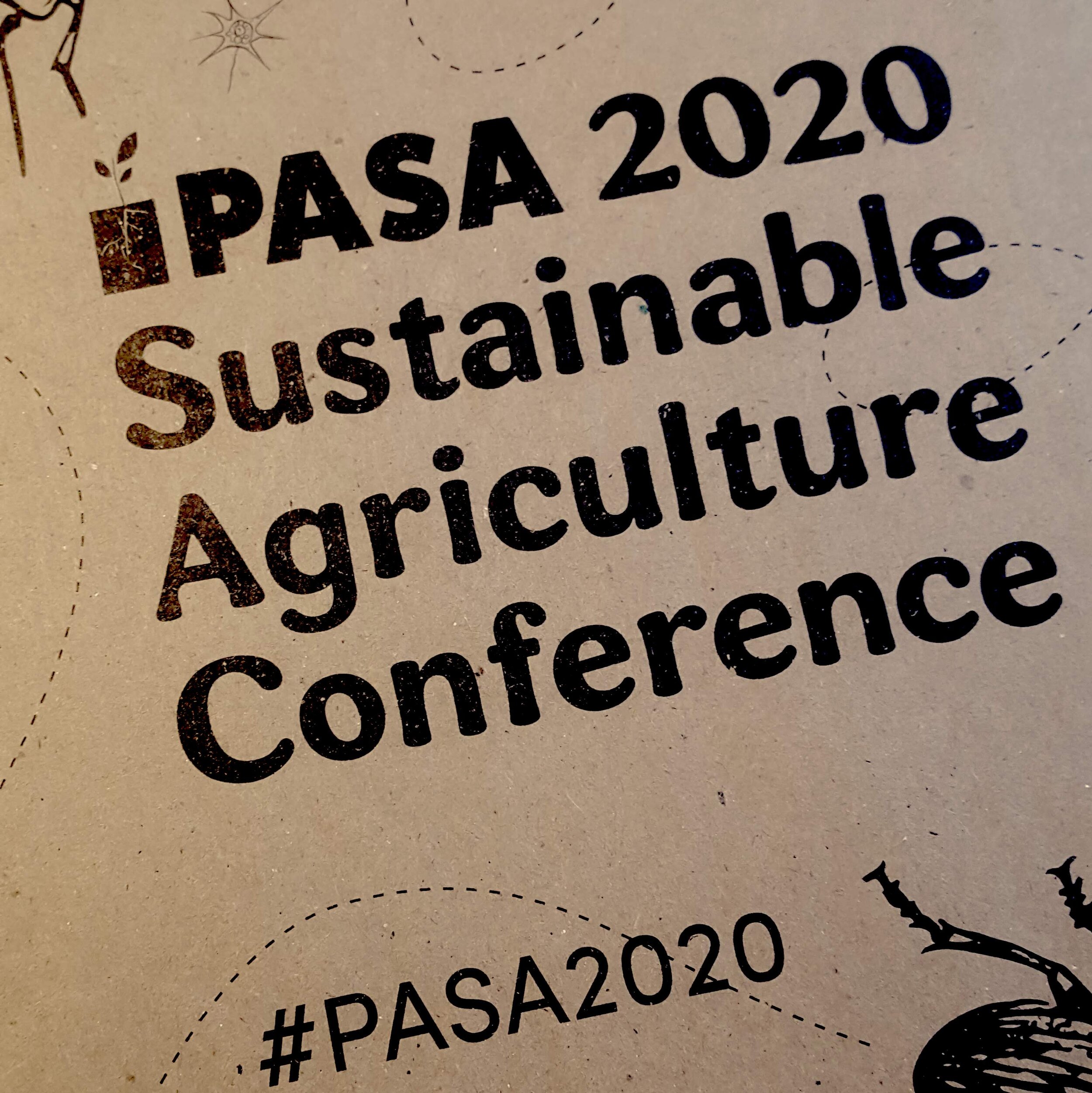Last month, our team attended the Pennsylvania Association for Sustainable Agriculture (PASA) Conference. We had the opportunity to attend classes from leading experts in soil science, holistic orchard management, mycology, food sovereignty, and more! We always love connecting with folks who share our values of stewarding the earth, supporting biodiversity and ecosystem health, and eating fresh, local, delicious food. We are especially grateful for the good folks at PASA and all of their supporters who make scholarships and work-shares possible - We appreciated the opportunity to drive our whole team up and found volunteering to help the event run smoothly particularly rewarding!
Attending this conference gave us the opportunity to catch up with the most recent research and practices in regenerative agriculture and reassess our own values and practices. While the inspiration is fresh in our minds, we figured now is a good time to share a little more in-depth information about our practices in the garden and how they align with our values and the permaculture, organic, and regenerative agriculture movements.
Along with producing the most delicious food and looking beautiful; we strive for the landscapes that we steward to:
Build the soil ecosystem, restoring our rapidly disappearing topsoil
Minimize the need for fertilizers, pesticides, and fungicides
Catch stormwater, decreasing the threat of floods and reducing run-off and erosion
Trap carbon in the soil
Support biodiversity and native wildlife
Reduce and responsibly use waste
For the next few months, we’ll be sharing one aspect of our garden practices and we will talk about how those growing practices help to achieve the goals listed above. Follow along to learn more about us and for tips on how to make your farm, garden, or landscape more eco-friendly!
Avoid disturbing the soil
Topsoil is disappearing at an alarming rate - some sources calculate that topsoil is disappearing between 10 to 40 times faster than it can be replenished, and that we only have around 60 years of usable topsoil left. When soil is not managed properly, it can become compacted and dusty. Poor soil management can lead to higher risk of floods, dust storms, and desert-like dead zones.
Why should we care about soil?
Because healthy soil is an incredible tool for sequestering carbon and soaking up storm water, and it’s a necessary factor in producing good food. In a large part, the soil’s organic matter and the soil biology (fungus and micro-bacteria) provides good structure and the ability to soak up carbon and water. Additionally, recent research has shown that relationships between plant roots and soil mycelium (fungus) is the primary way that most plants take up nutrients.
Broadfork image, courtesy of Lehman’s




